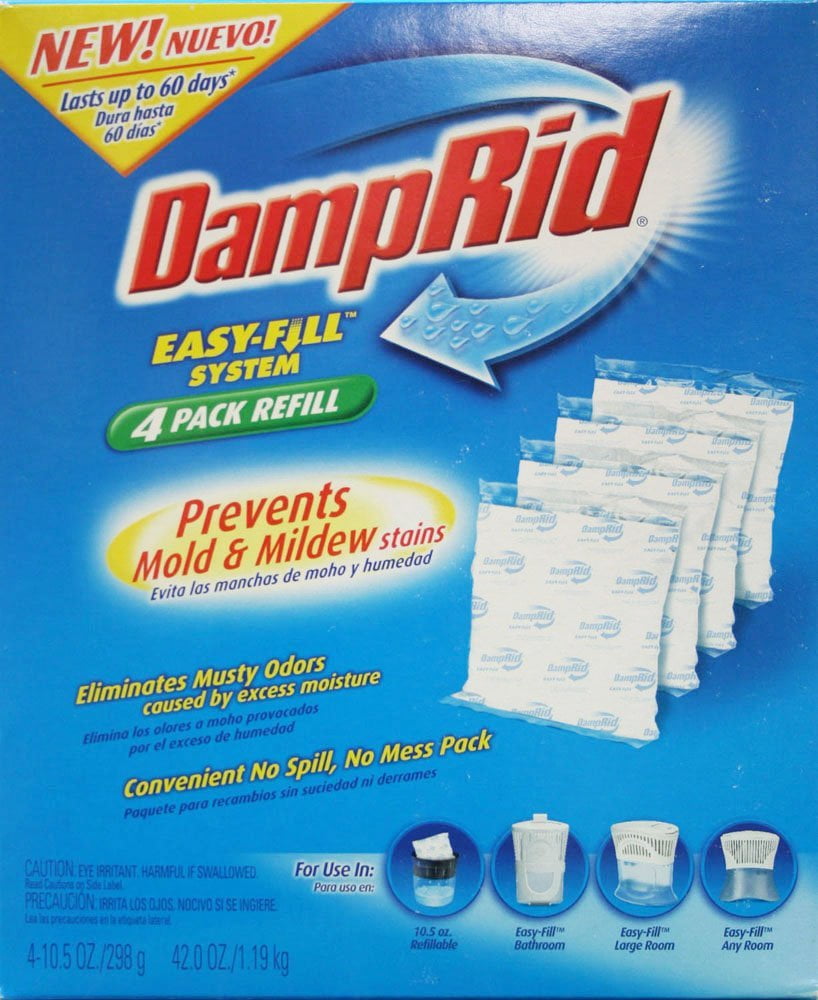
That said, nuts, fruits and vegetables can all require significant amounts of irrigation water, which can be problematic in water-stressed areas (see point 4 below).

For example, the water footprint of beef is 7,007 liters per pound, more than 50 times greater than the water footprint of potatoes (130 liters per pound). In general, produce, grains and beans require a fraction of the water that meat, dairy and eggs do. One of the most effective personal changes people can make to reduce their water footprint is to eat less water-intensive foods. Similarly, the Consumer Goods Forum, a CEO-led organization of manufacturers, urges retailers to simplify their expiration date labels and include food storage tips on their packaging to make food last longer. The House of Lords European Union Committee encourages stores in the UK to limit buy-one-get-one sales on perishable items. Retailers can shift consumer behavior, too. Write a shopping list for the week’s meals before setting foot in the store to avoid spur-of-the-moment purchases. The biggest thing consumers can do is plan. A quarter of all agricultural water – over 17 percent of total water withdrawals – is used on wasted food.įortunately, people around the world are taking innovative steps to reduce food waste, such as developing new refrigeration technologies or using rather than discarding imperfect produce. One billion tons of food are lost or wasted every year.

Reduce food loss and waste.įood is oftentimes mismanaged in fields, spoils before it can be sold, or gets discarded in grocery stores or homes. Here are five ways companies, farmers and consumers can lessen the food system’s impact on water: 1. As climate change exacerbates water stress and populations grow, rivers and lakes may not be able to keep up with demand. While the average person drinks 2 to 4 liters of water a day, it requires an astonishing 2,000 to 5,000 liters of water to produce the food that the average person eats each day!Īgriculture accounts for 70 percent of Earth’s freshwater withdrawals each year. But the truth is that people eat way more water than they drink or use for household tasks. Drinking, brushing your teeth or doing laundry are things that probably come to mind. Rupali Datta, a Delhi-based Nutrition Consultant.Think about your “water footprint,” the water you use day-to-day. A person on anti-hypertensive drugs should not consume diuretic foods as these drugs are a diuretic themselves,” says Dr. Excessive intake can flush out vital electrolytes, which are needed by your body, leaving you feeling week due to electrolyte imbalance. Diuretics are known to reduce hypertension as well by flushing out sodium from the body and getting rid of harmful toxins through urine.“These foods help clear your system by flushing out the water retained in the body and reduces bloating but they should be taken in moderation as excess of everything is bad. This needs to be flushed out with the help of certain foods, called diuretics, in order to reduce the weight and make us feel less bloated. Why Do You Need Diuretic Foods?We all know that our weight fluctuates due to water weight in our body. They are available as pills as well, but it is always better to treat yourself naturally instead of relying on chemicals.


Diuretic is a substance that is responsible for the excretion of excess sodium and water content in the body. Detox water is nothing but a type of diuretic. It has such vibrant variations where water is infused with freshly cut lemons, cucumbers, watermelons and so on to give you an instant boost of energy. Detox water is a trend that has been making the rounds in the recent years.


 0 kommentar(er)
0 kommentar(er)
